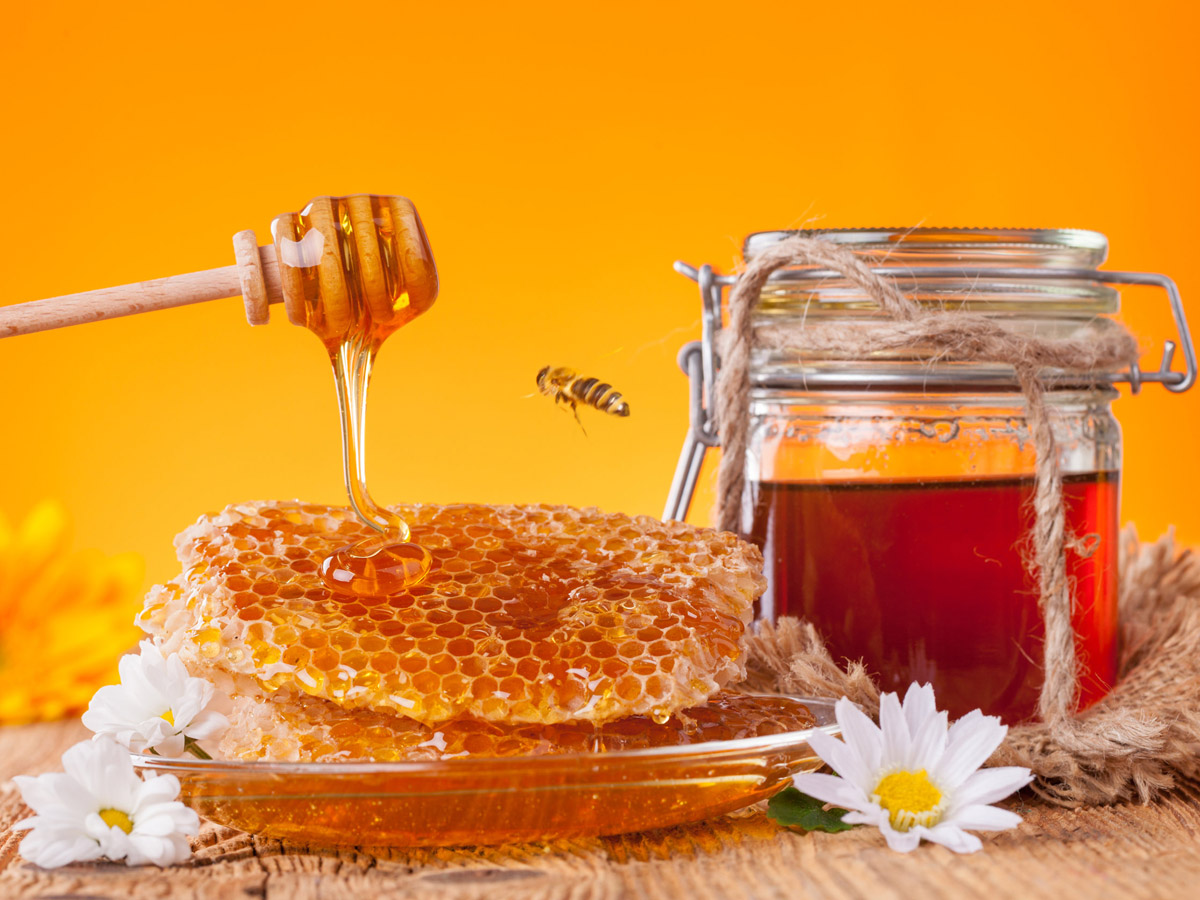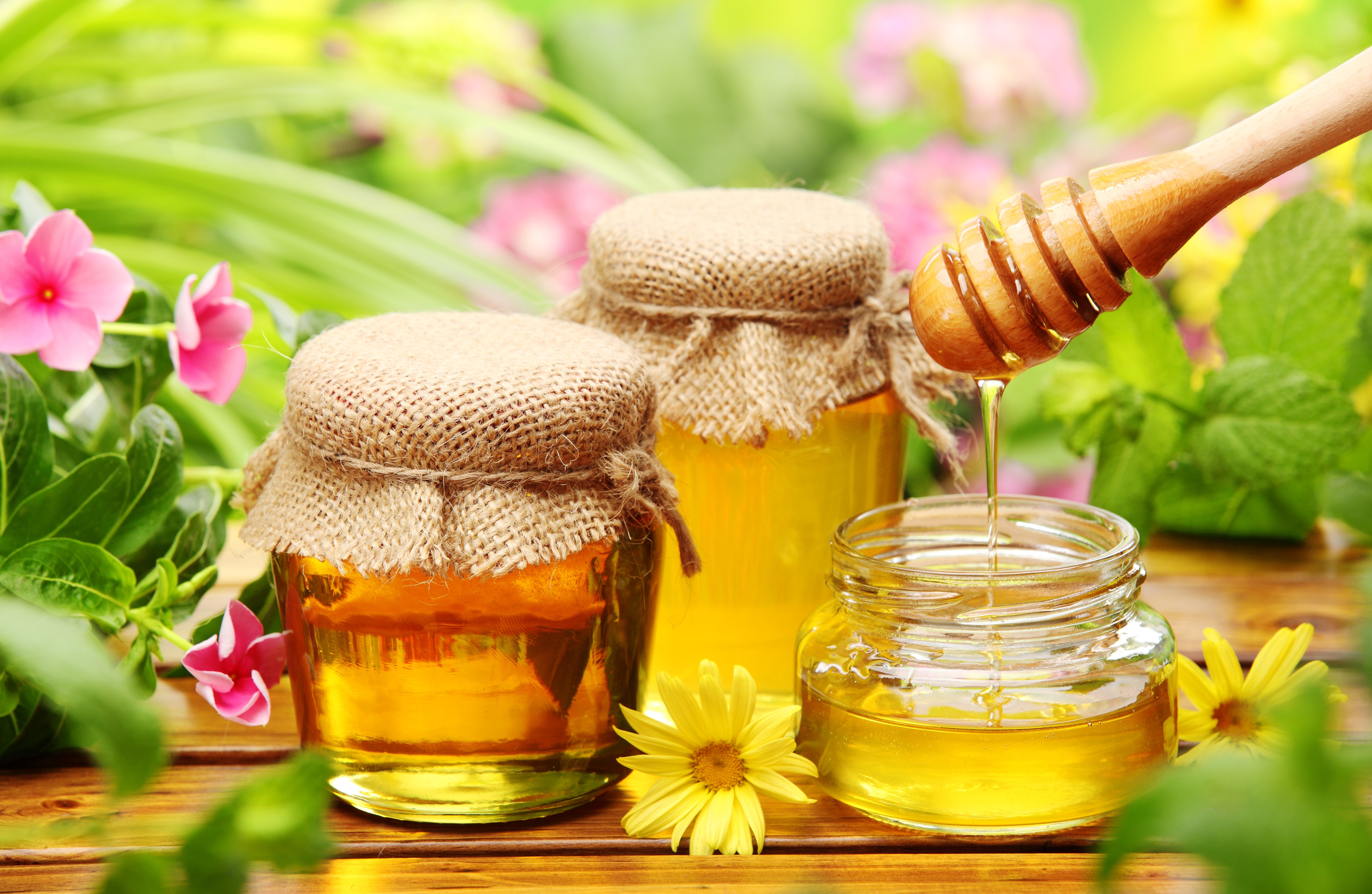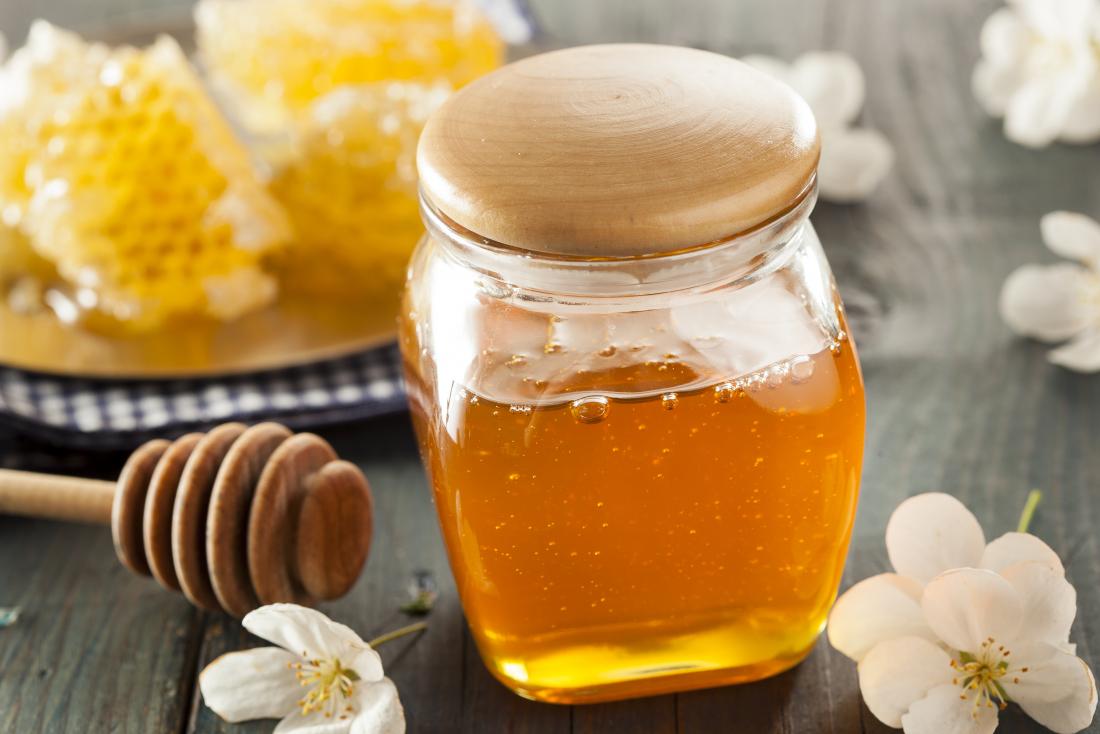For many, the mention of certain figures brings to mind a vibrant array of visual moments, perhaps even a collection of memorable stills. While our thoughts might drift to particular images or scenes, there's a timeless, golden substance that has captivated humanity for ages, a natural wonder with its own fascinating story to share, one that, in a way, is as rich and layered as any public persona.
You know, this sweet, sticky creation, straight from the busy work of tiny winged creatures, offers so much more than just a pleasant taste. It serves as a gentle helper for minor health concerns, a true marvel of nature's design. We often forget the simple yet profound benefits something so ordinary can hold, yet it's truly quite remarkable.
As we look closer at this golden liquid, its various forms and applications come into view, revealing a complex world, much like piecing together different perspectives or, well, different 'pics' if you will, to form a complete picture of its usefulness and origins. We'll explore its goodness, its challenges, and how it arrives on our tables, so to speak.
Table of Contents
- The Goodness of Honey- More Than Just a Sweetener
- Is Honey Safe for Everyone- A Look at Honey's Sweet Benefits
- Understanding Honey's Varied Forms- What Makes Honey Different?
- The Beekeeping World- A Glimpse into Honey's Journey
- How Do Beekeepers Handle Honey Production- Exploring the Sweet Process
- Honey in the Kitchen- How Does Honey Compare to Sugar?
- What Challenges Face Honey Producers- Insights into Honey's Creation
- The Future of Honey- A Sweet Outlook
The Goodness of Honey- More Than Just a Sweetener
When you think about honey, your mind might first go to its delightful taste, perhaps a drizzle over some breakfast food or a stirring in your tea. But actually, this golden liquid, you know, it offers a good deal more than just making things taste pleasant. It's often considered a rather safe item to use in many ways, serving as a natural way to make things sweeter without artificial additions. It's also been seen as something that can help calm a cough, which is pretty interesting, if you think about it. And too, it can be applied to small cuts or scrapes, offering a soothing touch for minor skin issues. So, it really has a range of uses beyond just being a simple sugar substitute, as a matter of fact.
For a long time, people have turned to natural options for everyday discomforts, and honey, apparently, fits right into that tradition. Its presence in many homes speaks to its perceived helpfulness for things like a scratchy throat. Just a little bit of this natural product might provide some comfort when a cough starts to bother you. It's truly quite something how a substance produced by tiny insects can have such a wide array of perceived benefits for us, you know, making it a staple in many pantries for reasons beyond mere flavor.
Is Honey Safe for Everyone- A Look at Honey's Sweet Benefits
Now, when we talk about honey's safety, it's really important to consider who should be consuming it. You see, while it’s generally a fine choice for most people, there's a very specific group for whom it's absolutely not recommended. Babies, those under the age of one year, should never, ever be given honey, not even the tiniest taste. This is a crucial point to remember, as their developing systems are just not ready for certain things that honey might contain. It's a small detail, but a vital one for the well-being of the little ones, as a matter of fact.
However, for children who have passed their first birthday, honey can be a completely different story. Once a child is a year old or older, it might well be worth giving honey a try, especially if they are experiencing a cough. Typically, a small amount, perhaps about half to one teaspoon, which is roughly 2.5 to 5 milliliters, can be given to help ease a cough. This is a common practice in many households, and it seems to offer a gentle, natural approach to providing some relief for those annoying coughs. It’s pretty much a widely accepted practice for older kids, you know.
So, while honey offers many pleasant aspects and potential benefits for older individuals, keeping those very young ones safe is always the top priority. It's about being aware of the specific guidelines and using this natural product in a way that truly supports everyone's health and comfort, especially when it comes to the youngest members of the family. This careful approach helps ensure that honey remains a beneficial item for those who can safely enjoy it, which is something we all want, right?
Understanding Honey's Varied Forms- What Makes Honey Different?
When you encounter honey, you might notice that it doesn't always look or behave the same way. Sometimes, you find it flowing freely, a clear, golden stream, while other times, it's solid, almost grainy, and refuses to pour at all. This variation, you know, is quite common and tells us a lot about the honey itself and its journey from the hive to your kitchen. It’s not just one single thing; it has many different looks and textures, which is really quite fascinating, if you think about it.
For instance, you might come across a batch of honey that, at first sniff, seems a bit off. It could taste light, almost delicate, but then there's a sour smell that hits you, and it pours out of the container with hardly any effort. This particular type of honey might have been processed or stored in a way that allowed some changes to occur, leading to that slightly acidic scent. It’s a bit like how some fruits can turn sour if they're left out for too long, you know, a natural process at play, apparently.
Then, there's the kind of honey that, at the bottom of a jar, tastes perfectly normal, just like honey should, but it appears to have turned solid. This is what we call crystallization, and it's a completely natural process for honey. It won't flow, even if the room is quite warm, perhaps even 95 degrees Fahrenheit. This transformation happens when the natural sugars in honey start to separate from the water and form tiny crystals. It doesn't mean the honey is bad; it just means it's doing what honey naturally does, which is pretty much turning into a solid form over time, especially if it's a bit older or stored in cooler spots.
You know, even within the honeycombs themselves, there can be differences in the honey. Some open cells, for example, might be completely dry, as if the honey has evaporated or was never fully present. Conversely, cells that are capped, sealed by the bees with wax, can sometimes contain honey with a water content that is too high. This is a concern for beekeepers because honey with too much water can ferment and spoil. It’s a delicate balance that the bees usually manage so well, but sometimes, especially during very busy nectar flows, they might cap the cells a little too quickly, before the honey is fully dried out, so to speak.
The Beekeeping World- A Glimpse into Honey's Journey
The journey of honey, from the flower to the jar, is really quite something, and it involves a diverse group of people who dedicate their time to these amazing insects. You know, the beekeeping community is far from a single, uniform entity; it's more like a vibrant mix of different approaches and philosophies. It's a bit like a melting pot, with all sorts of individuals and groups contributing to the world of bees and honey, which is actually quite fascinating to observe.
You have, for instance, the large-scale commercial beekeepers, who manage thousands of hives and produce honey on a very big scale, often moving their bees to different areas to follow the blooming flowers. Then there are the sideliners, who might have a few hundred hives and treat beekeeping as a significant part-time venture, supplementing their main income. And, of course, there are the new beekeepers, just starting out with a few boxes, learning the ropes and discovering the wonders of the hive for the very first time. They are, in a way, the fresh faces of this ancient practice, so to speak.
Beyond the scale of operation, there are also different philosophies about how to care for bees. Some beekeepers practice what's called "treatment free" beekeeping, choosing not to use chemical treatments for pests and diseases, believing in a more natural approach to hive health. Others focus on specific genetic traits, like VSH (Varroa Sensitive Hygiene) or allogrooming, where bees remove mites from each other, which is pretty neat. You also find bio-technical beekeepers, who use advanced methods to manage their colonies, and even groups dedicated to artificial insemination to breed specific bee lines, which is, well, quite advanced, if you think about it.
And it doesn't stop there. The community also includes people who use bee products in creative ways, like candle makers who transform beeswax into beautiful, fragrant candles. So, it's a really broad and varied group of individuals, all connected by their shared interest in bees and the wonderful things they produce. It's a testament to the enduring appeal and importance of these tiny creatures, you know, and the many ways humans interact with them, which is truly quite remarkable.
How Do Beekeepers Handle Honey Production- Exploring the Sweet Process
When it comes to actually getting the honey out of the hive, beekeepers have a process they follow, and it’s actually quite specific. One of the key indicators that honey is ready to be collected is how long it has been uncapped. If the honey has been sitting in cells that are open, without a wax cap over them, for several weeks, it’s more than likely ready to be extracted. This period allows the honey to dry down to the correct moisture content, which is very important for its quality and shelf life. It's a waiting game, in a way, but a necessary one, you know.
The reason honey might stay uncapped for an extended period, even when it seems like it should be finished, is often because the main honey flow has come to an end. During a big nectar flow, bees are bringing in so much nectar that they might fill cells faster than they can fully process and cap them. But once that flow slows down or stops, the bees then focus on finishing up what they’ve already collected, drying it out and capping it. If the flow has ended, and the cells are still open after a few weeks, it's a good sign that the honey inside is ready for removal, which is pretty much what beekeepers look for, apparently.
So, beekeepers pay close attention to these natural cues, understanding the rhythm of the hive and the seasons. It’s about knowing when the bees have done their part and when the honey is at its prime for collection. This careful timing ensures that the honey harvested is of the best quality, ready for people to enjoy. It’s a process that combines observation, patience, and a deep respect for the bees themselves, which is really quite lovely, if you think about it.
Honey in the Kitchen- How Does Honey Compare to Sugar?
When you're in the kitchen, perhaps baking or sweetening a drink, you might find yourself wondering whether to reach for the granulated sugar or a jar of honey. Both are common sweeteners, of course, but they are not exactly the same, and knowing their differences can really help you make the best choice for your recipe or your health. It's a bit like choosing between two different tools for a similar job; they might both work, but one could be better suited, you know.
One of the most important things to consider is how both honey and sugar affect your blood sugar level. Basically, both of them will cause your blood sugar to rise. They are, after all, sources of carbohydrates, primarily sugars. So, if you're watching your sugar intake or managing blood sugar levels, it's important to remember that neither honey nor granulated sugar is a "free pass." They both contribute to the overall sugar load your body processes, which is pretty much a fact to keep in mind, as a matter of fact.
However, there's a notable difference in their sweetness. Honey is actually sweeter than granulated sugar. This means that, in many recipes, you might find yourself using a smaller amount of honey to achieve the same level of sweetness that you would get from a larger amount of sugar. This can be a good thing if you're trying to reduce your overall sugar consumption, as you can get the desired taste with less product. It’s a little trick that many bakers and cooks use to adjust their recipes, so to speak.
So, while both are sweeteners, their unique properties mean they behave a bit differently in cooking and in your body. Understanding these distinctions allows you to use them more effectively, whether you're aiming for a specific flavor profile, a certain texture, or simply trying to manage your dietary intake. It's about making informed choices in the kitchen, which is always a good thing, you know.
What Challenges Face Honey Producers- Insights into Honey's Creation
Making honey, or rather, helping bees make honey and then collecting it, is not always as simple as it might seem. There are, actually, quite a few practical hurdles that honey producers, especially beekeepers, often face. It's not just about having bees; it's about managing the entire process, which can be, well, quite involved, if you think about it.
For example, even when you have what seems like a really well-thought-out plan on paper for setting up a honey processing area, things can get really cramped when you actually start building it. I can fully attest to the fact that the reality of physical space often doesn't match the neat drawings. You might envision plenty of room for equipment and movement, but once the extractors, tanks, and bottling stations are in place, the area can feel surprisingly small. This spatial challenge is a common headache for those trying to set up efficient operations, you know, and it's something many discover only once they are literally in the thick of it.
Then there's the issue of the honey itself, as we touched on earlier. When springtime arrives, a beekeeper might discover several frames of honey in each of their top deep boxes. Often, this honey is mixed, with some cells capped and others still open. The open cells can sometimes be dry as a bone, while the capped ones might, surprisingly, contain honey with a water content that is too high. This variability makes it a bit tricky to decide what to do with the honey, especially if some of it smells a little sour or won't flow due to crystallization, even in warm weather. It's pretty much a constant assessment process, you know, trying to figure out the best approach for each batch.
These challenges mean that beekeeping and honey production are not just about collecting a sweet substance; they involve a good deal of problem-solving, adaptation, and a deep understanding of both the bees and the physical properties of honey. It’s a continuous learning experience, as a matter of fact, where plans often need to be adjusted based on the real-world conditions of the hive and the processing space. It's a very hands-on endeavor, you know, requiring constant attention to detail.
The Future of Honey- A Sweet Outlook
Looking ahead, the world of honey production and consumption continues to evolve, much like any other natural product or industry. The diverse community of beekeepers, from the large commercial outfits to the small-scale hobbyists, will keep working to bring this golden liquid to our tables. It's a continuous effort that involves many different approaches and innovations, which is pretty much how things progress in any field, you know.
The ongoing discussions within the beekeeping community, covering everything from treatment-free methods to advanced breeding techniques, show a vibrant and engaged group dedicated to the health of bees and the quality of their honey. This collective passion, in a way, ensures that honey will remain a cherished and widely available product for years to come. It’s a very active area, with lots of people sharing ideas and trying new things, as a matter of fact.
Ultimately, whether it's for sweetening your tea, soothing a cough, or simply enjoying a natural treat, honey’s place in our lives seems secure. Its unique properties and the dedication of those who care for the bees ensure that this ancient food continues to be a source of both delight and practical benefit. It’s a truly wonderful natural offering, and its journey from


